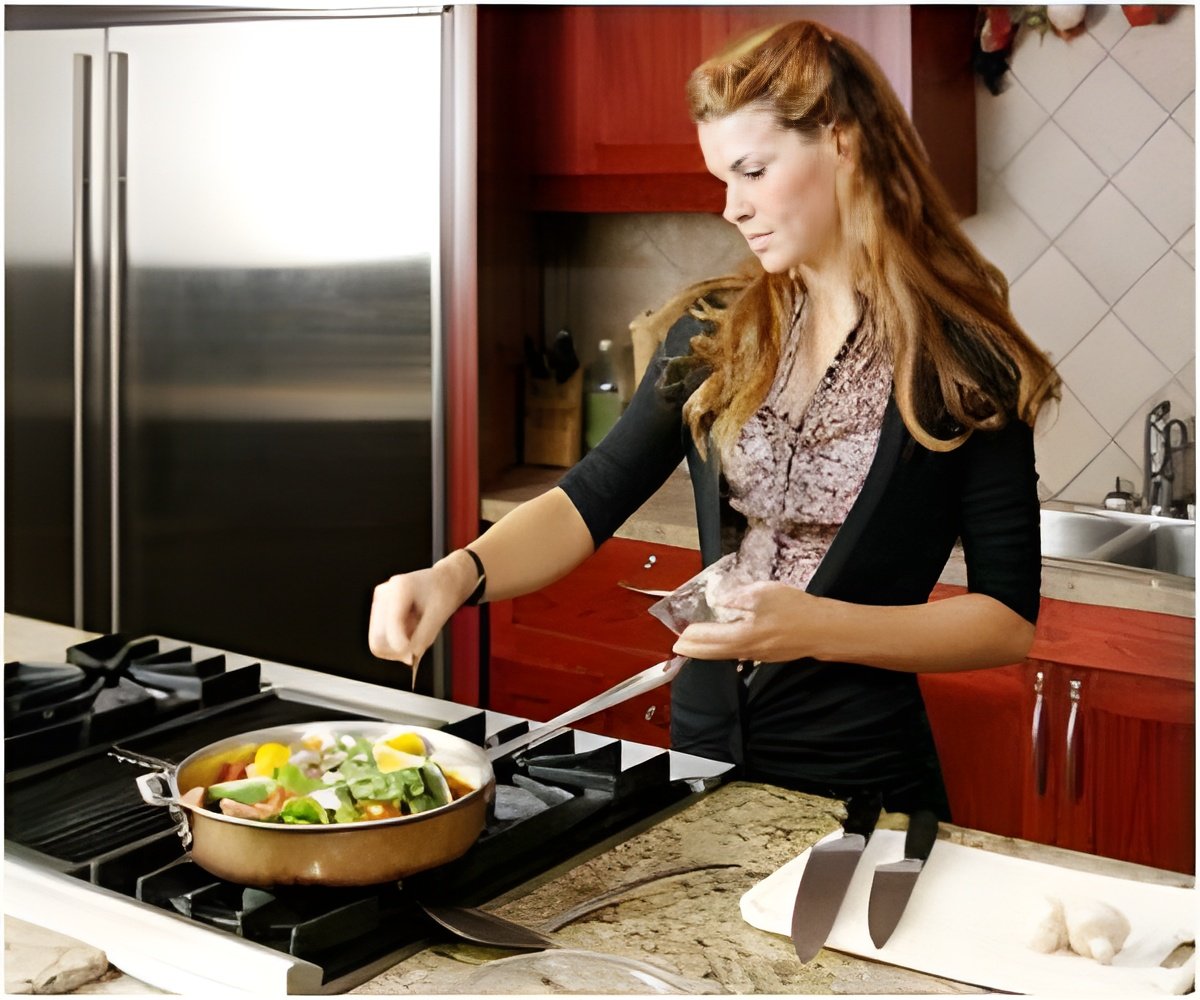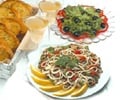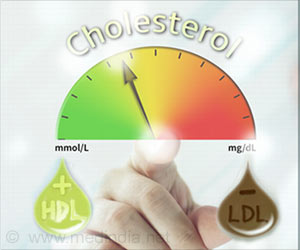The focus of nutrition for good health is shifting toward a diet rich in food ingredients specifically designed to nourish the bacteria, non human cells that comprise of 80 percent of a person.

"Just as people need food to thrive, so do the billions of healthful bacteria that live in our guts, our gastrointestinal tract," Rastall explained. "There's a large and expanding body of scientific evidence that bacteria in the gut play a role in health and disease. Prebiotics are foods that contain nutrients that support the growth and activity of these friendly bacteria."
Rastall contrasted prebiotics to the more familiar "probiotics," already being promoted on the labels of food like yogurt and some dietary supplements. He heads the Department of Food and Nutritional Sciences at the University of Reading in the U.K. and is co-author of widely used textbooks on prebiotics and probiotics.
Probiotic foods actually contain friendly bacteria like Lactobacillus acidophilus believed to release healthful substances as they grow in the GI tract. Prebiotics are indigestible food ingredients that provide no nutrition to people. Their purpose is to nourish the friendly bacteria among the estimated 100 trillion microbes living inside the human GI tract.
Foods promoted for a prebiotic effect already are on the market in the European Union, and Rastall predicted that prebiotics will gain a greater foothold in Europe and the United States. One major advantage: Prebiotics do not require refrigeration like probiotic yogurt and other dairy products and could be incorporated into a wider range of foods.
Rastall noted that people get small amounts of one of the most common prebiotics, called inulin, from wheat, onions, garlic, chicory and certain other foods. He cited studies showing that when people eat more inulin and other prebiotics, the balance of microbes in the gut shifts to one linked to a range of health benefits.
Advertisement
They are using plant biomass, like stems and husks, as sources for those carbohydrates, which then are converted to the shorter carbohydrates that make up prebiotics. The goal is preparation of prebiotic carbohydrates that have neutral tastes and can withstand heating so they could be easily added to processed foods. These new prebiotics also could be used as stand-alone dietary supplements, he added.
Advertisement
Source-Eurekalert















